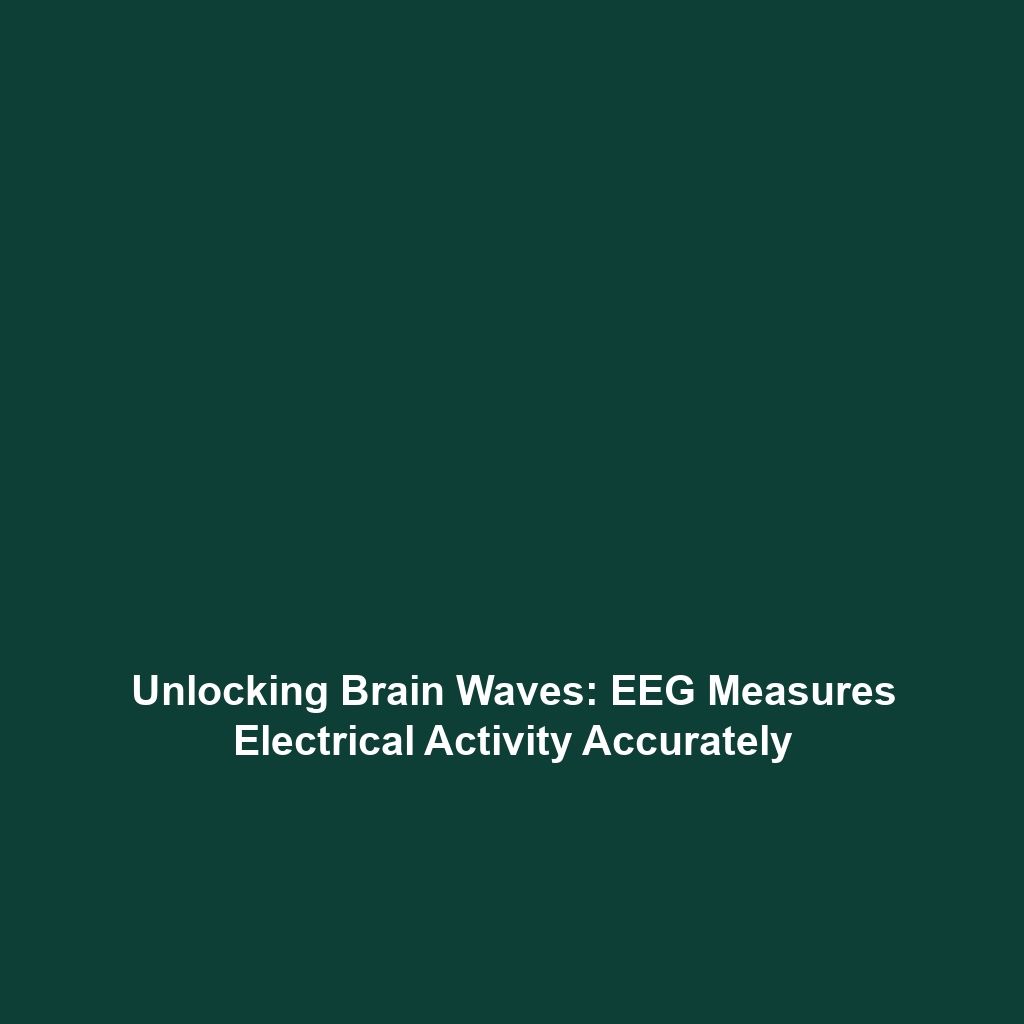Workplace Applications of Brain-Computer Interfaces
Introduction
In recent years, the integration of Brain-Computer Interfaces (BCIs) into the workplace has seen significant interest, with researchers exploring their potential as tools to boost productivity. By measuring cognitive workload and detecting signs of worker fatigue or distraction, BCIs could revolutionize how organizations manage employee performance. This innovative technology serves not only to enhance efficiency but also to promote healthier work environments. Understanding the implications of BCIs in enhancing workplace productivity is essential in today’s fast-paced business landscape.
Key Concepts
Cognitive Workload Measurement
BCIs can assess an individual’s cognitive workload by measuring electrical activity in the brain. This data helps organizations identify when employees are at optimal performance levels or when they may require a break.
Detection of Fatigue and Distraction
Advanced BCIs are designed to detect early signs of fatigue or distraction. By monitoring brain signals, employers can intervene proactively, offering support or breaks to maintain productivity and mental well-being.
Applications and Real-World Uses
The applications of BCIs in workplace settings are vast and varied. Significant examples include:
- Real-Time Monitoring: BCIs can provide real-time feedback to supervisors about employee cognitive states, facilitating immediate interventions.
- Task Optimization: By analyzing cognitive workload data, tasks can be better assigned to employees based on their current brain activity levels.
- Employee Well-Being Programs: Companies are integrating BCIs into wellness programs to reduce burnout and enhance productivity.
These practical uses highlight how BCIs are transforming workplace productivity through innovative technology.
Current Challenges
Like any emerging technology, the application of BCIs in workplace settings faces several challenges:
- Data Privacy: Employee data collected through BCIs raises significant privacy concerns that must be addressed.
- Integration Difficulty: Incorporating BCI systems into existing workplace infrastructure can be complex and costly.
- Variability in Human Response: Individual differences in brain activity can complicate standardizing BCI feedback mechanisms.
These challenges must be navigated to successfully implement BCIs in professional environments.
Future Research and Innovations
The future of Brain-Computer Interfaces holds incredible potential for workplace applications. Research is ongoing to develop:
- Next-Generation Sensors: Innovations in sensor technology promise more accurate and comfortable BCI devices.
- AI Integration: Combining BCIs with artificial intelligence could enhance the interpretation of brain signals, allowing for more nuanced insights.
- Personalized Feedback Systems: Future developments may enable personalized BCI interfaces that adapt to individual workers’ cognitive profiles.
These advancements could significantly impact how organizations approach employee productivity and well-being.
Conclusion
As Brain-Computer Interfaces continue to gain traction, their application in the workplace presents opportunities to enhance productivity by actively measuring cognitive workload and indicating signs of fatigue or distraction. Understanding the implications of these technologies is crucial for businesses aiming to leverage BCI capabilities. Organizations and researchers are encouraged to explore the ongoing developments and consider integrating BCIs into their operational frameworks for a future that prioritizes both efficiency and employee health. For more information on this topic, explore our extensive resources on BCIs and employee well-being initiatives.

